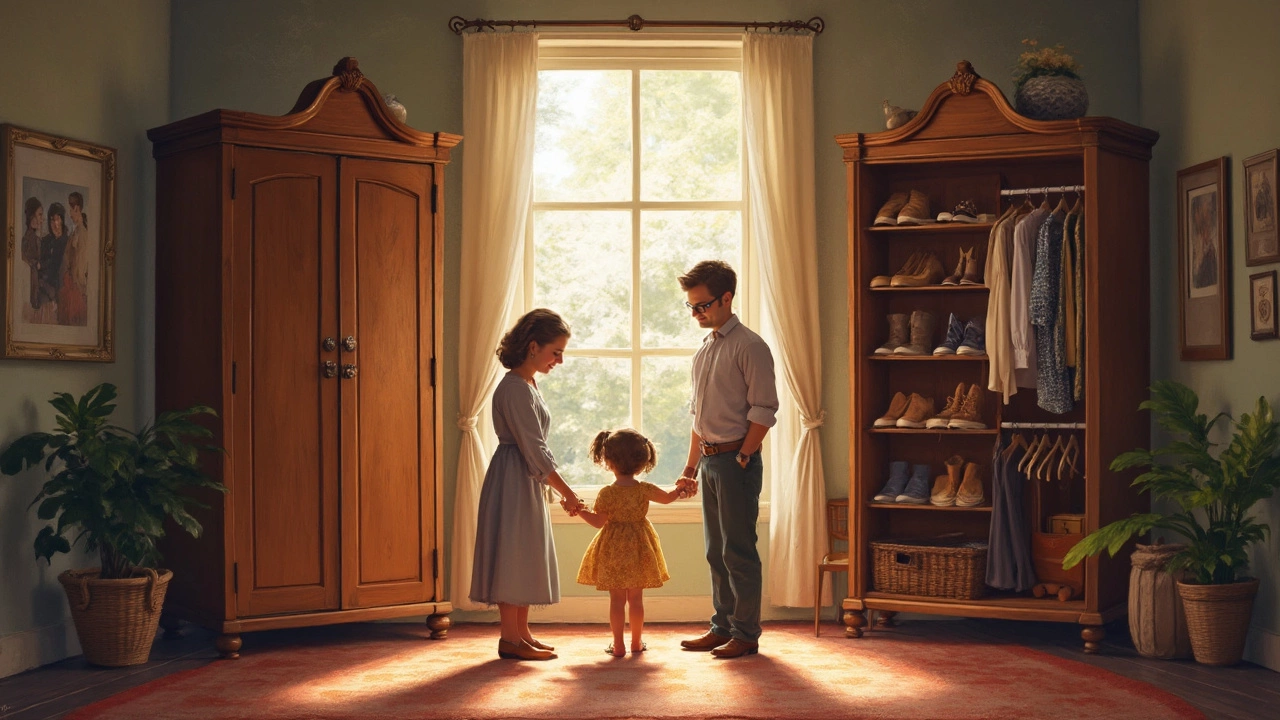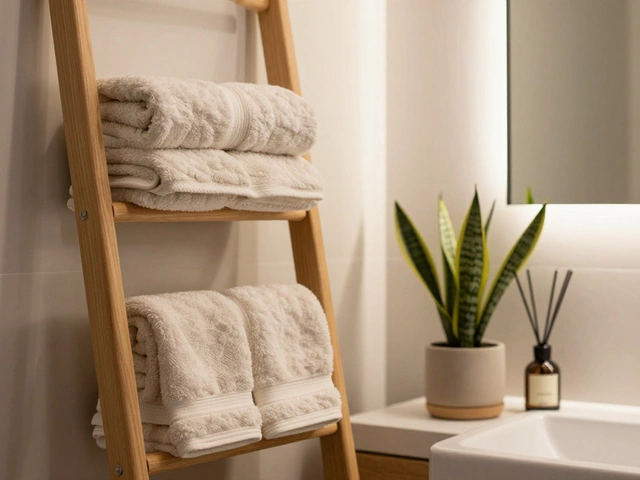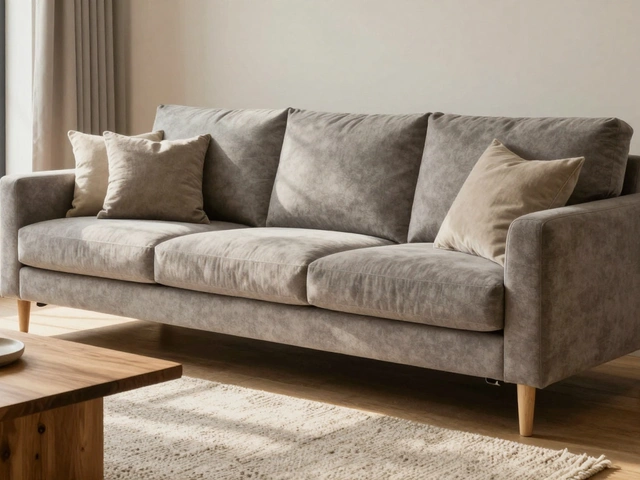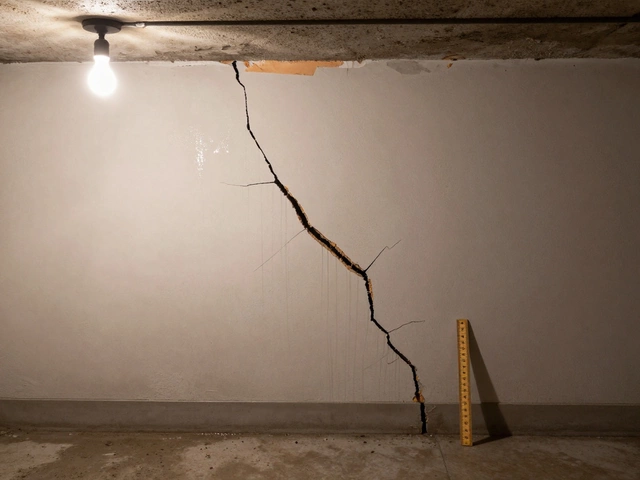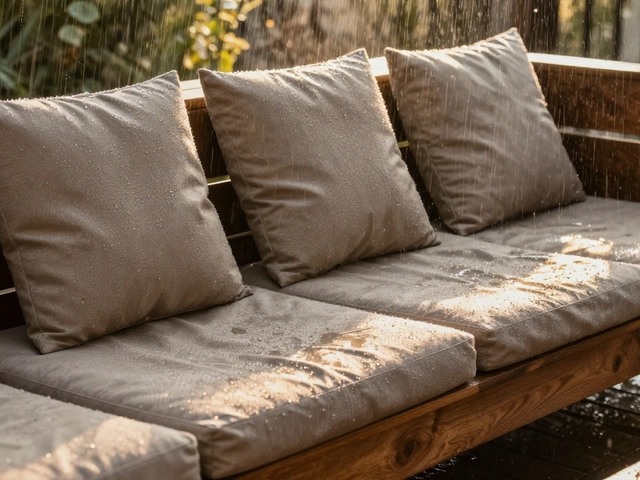You probably hear Americans talk about their “closet” all the time, but if you’re from almost anywhere else, you’re thinking, “Don’t they mean wardrobe?” This isn’t just a weird language mix-up—it’s about history, houses, and even how people live day-to-day. Understanding why Americans say “closet” clears up a bunch of confusion if you’re ever hunting for furniture or chatting with someone from the U.S.
If you ask for a wardrobe at an American furniture store, you might get a puzzled look. Most Americans picture a “closet” as a small room or built-in space with shelves and a rail for hanging clothes—a fixed part of the house, not a piece of furniture you move around. That word choice totally changes how homes are designed and how people organize their stuff.
This difference isn’t just about words. It can mess with you if you move, travel, or even shop online for storage. Ever seen a big empty bedroom in a U.S. real estate listing and thought, “Where do I put my clothes?” Welcome to the land of closets. Let’s get into what’s special about these built-in spaces, why Americans love them so much, and how this shapes the way people organize their homes.
- The History Behind the Word 'Closet'
- Why the Rest of the World Says 'Wardrobe'
- Closet Culture: How Americans Organize Their Stuff
- Tips for Making Your Closet Work for You
The History Behind the Word 'Closet'
If you’re wondering why Americans say closet, it helps to look way back. The word “closet” didn’t always mean a place for your clothes. Back in 17th-century England, “closet” meant a small private room, almost like a study, where people could read, pray, or keep personal stuff out of sight. These tiny rooms were a luxury, mostly for the wealthy, and didn’t have much to do with clothes at first.
Things shifted over the centuries. By the 1800s, Americans picked up the word “closet” to describe small built-in spaces in walls for storing things. The big shift? Houses in the U.S. started getting bigger. While people in Europe kept using wardrobe—a standalone piece of furniture—American homes began popping in closets as a standard feature. This wasn’t just a design quirk. By the late 19th and early 20th century, builders in the U.S. started including at least one closet per bedroom. A wardrobe was optional, but a closet was almost guaranteed.
So why the difference? American home layout and building codes made space for closets as part of everyday life, and the word stuck. It’s pretty common now for American real estate listings to even mention “walk-in closet” as a huge selling point—something you’ll rarely see in older European homes, which still depend on wardrobes.
Check out how closets became a part of American homes:
- 1600s: “Closet” means a private room, not about clothes.
- 1800s: Builders start making small storage areas in American houses called closets.
- 1900s onward: Closets are standard in most U.S. bedrooms; the word “wardrobe” fades from daily use in the States.
Want a quick look at how “closet” and “wardrobe” showed up in books and newspapers over time? Here’s a simple comparison:
| Year | 'Closet' in American English | 'Wardrobe' in American English |
|---|---|---|
| 1850 | Low usage | Higher usage |
| 1900 | Rising fast | Dropping |
| 1950 | Very common | Rare |
| 2020 | Super common | Hardly used |
This shift is why Americans don’t usually talk about wardrobes unless they’re shopping for a big piece of furniture or watching an old British movie. If you hear “closet” in the U.S., think built-in and permanent, not just something you can move.
Why the Rest of the World Says 'Wardrobe'
Step outside America, ask someone where they keep their clothes, and nine times out of ten, they’ll say “wardrobe.” This word shows up everywhere—in British English, Australian English, and in tons of movies and books. What’s the difference? Well, a wardrobe is usually a piece of furniture, not a built-in part of the room like a closet. People buy it, move it, and sometimes even drag it from apartment to apartment. In older homes, wardrobes were the main way to store clothes because houses didn’t come with closets at all.
The word “wardrobe” has been around forever, seriously. It comes from old French, “warderobe,” combining “warder” (to guard) and “robe” (clothing). By the 14th century, English folks used it for both the royal storage room and for big wooden cabinets. Those heavy wardrobes? You can thank medieval Europe for them. Built-in closets didn’t really take off until houses got bigger and designs started to change—mostly in America.
Here’s a quick snapshot:
| Country | Common Term | Typical Style |
|---|---|---|
| United Kingdom | Wardrobe | Freestanding piece |
| Australia | Wardrobe | Freestanding or built-in |
| India | Wardrobe | Freestanding cabinet |
| USA | Closet | Built-in space |
You might spot built-in storage in newer apartments worldwide now, but the wardrobe is still king in most places. One upside: wardrobes are way more flexible. Renters love them because you can take them with you. And if you’re tight on space, a tall narrow wardrobe will do the trick where a walk-in closet just isn’t possible.
If you ever buy furniture online, double check what “wardrobe” actually means in the description—sizes can vary wildly. Some are slim enough for small flats, while others are massive, almost like moving a small wall. Not sure which is right for you? Think about whether you’ll need to move it in the future or if you want something permanent. That’ll help you pick the best storage for your clothes—no matter where you live.
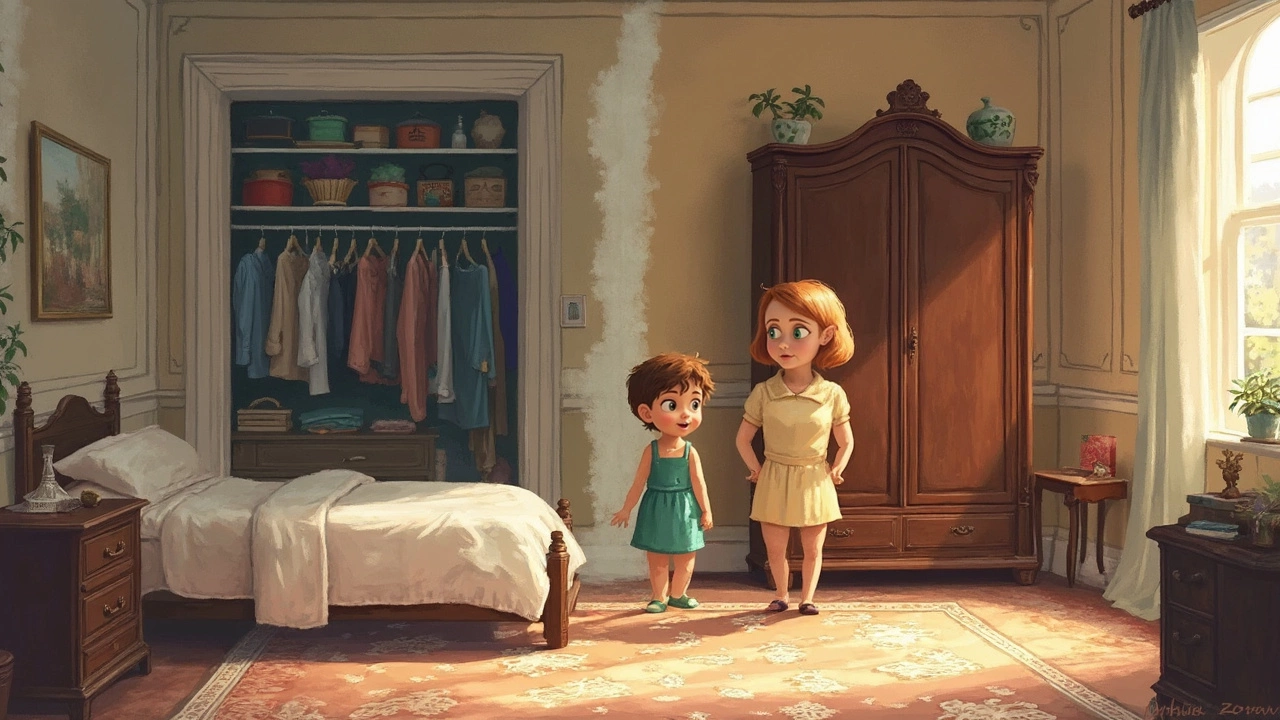
Closet Culture: How Americans Organize Their Stuff
Most American homes are built with at least one closet in every bedroom. Unlike wardrobes, which are movable pieces of furniture, a closet is a built-in part of the house. This changes how people store and organize their things. The setup is practical: hang shirts and jackets, toss shoes on the floor, and stick boxes up high on the shelf over the rod.
Walk-in closets are a whole different animal. About 30% of U.S. homes built after 2000 have master bedrooms with walk-in closets, according to the National Association of Home Builders. These aren’t just for clothes and shoes—people use them for luggage, seasonal gear, or even as a mini home office or “mom cave”. If you’re used to smaller wardrobes, the size of some American closets can be pretty surprising.
Closet organization is almost an obsession for some. Popular stores like The Container Store and IKEA offer endless bins, baskets, and hangers just for making these spaces less chaotic. You’ll also see a lot of adjustable shelving so owners can customize the space as families grow or trends change. Sometimes, organizing your closet even feels like a mini home makeover—there are reality shows all about it!
Here’s what’s common in most American closets:
- Double rods for shirts and pants (more hanging space in less room)
- Top shelf for boxes, bags, or spare bedding
- Baskets or bins for socks, accessories, or random stuff
- Shoe racks or organizers on the floor or over the door
- Hooks or small shelves for belts, hats, or ties
Some households go all-in and hire professional closet designers. Not everyone does this, but for bigger homes or if you want Pinterest-worthy results, it’s a growing trend. Whether you’re living in a tiny apartment or a bigger house, the “closet” shapes how Americans think about organizing everything—fast fashion, winter coats, even the vacuum cleaner. If you see someone color-coding their t-shirts or stashing holiday decorations up high, you’re just seeing classic closet culture in action.
Tips for Making Your Closet Work for You
Using a closet well comes down to good habits and smart setup. Since most American closets are built-in and part of the house, you can’t move them or make them bigger without calling a contractor. But you can totally change how useful they are with just a few tweaks.
First up, get rid of what you don’t use. It’s wild, but the average American only wears about 20% of the clothes in their closet regularly. If you clean out what just takes up space, you’ll actually feel like you have way more room for what matters.
Next, go vertical. A ton of closet space goes unused because people forget about the walls and high shelves. Pop in hanging organizers, extra shelves, or even hooks for stuff like belts and bags. Some people even use shower curtain rings on hangers to keep scarves in order.
Here are a few more hands-on hacks if you want your closet to work like a pro’s:
- Switch to slim, non-slip hangers. You’ll be shocked how much more you can fit compared to bulky plastic ones.
- Use bins or baskets for things you don’t need to grab every day—think seasonal gear or random keepsakes.
- Try shelf dividers to stop stacks of sweaters or shirts from tumbling over every time you pull one out.
- Label everything. Whether it’s baskets, bins, or closet shelves, a clear label saves you from hunting for stuff later.
If you share a closet, zoning is your friend. Divvy up space by person, or give each type of thing (shoes, shirts, accessories) its own section. And hey, don’t skip lighting—good lighting helps you actually see what you’ve got. Battery-powered stick-on lights are cheap and life-changing for dark corners.
Check out these numbers about closet organization—these are real, not just guesses:
| Tip | Estimated Space Saved |
|---|---|
| Switching to slim hangers | Up to 40% |
| Adding extra shelf or rod | 20-30% more storage |
| Clearing unused clothes | Average of 25 pieces per person |
So whether your closet is tiny or massive, the point is to make it work for you—not the other way around. Small changes can save space, time, and even money, since you’ll stop re-buying stuff you forgot you had.
